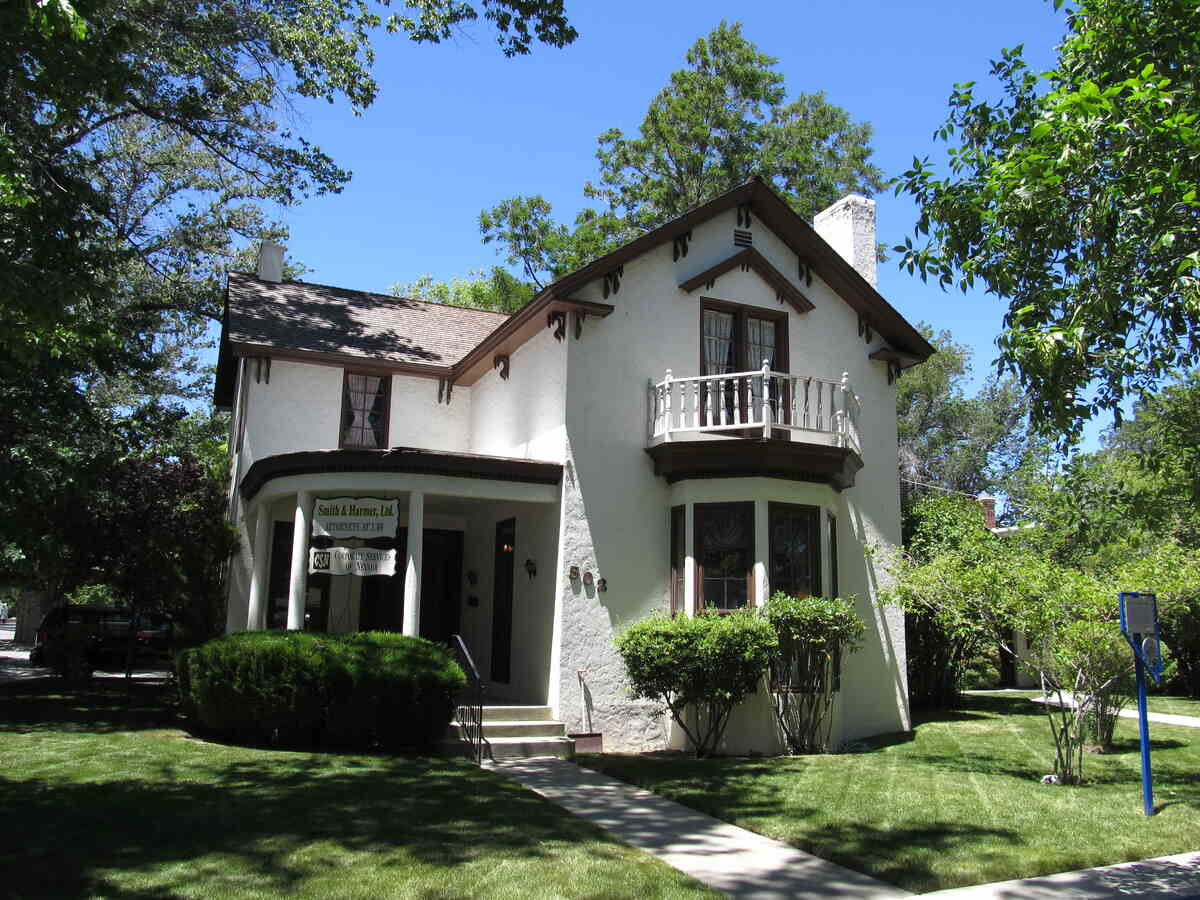
As the driest state in the U.S., Nevada holds a lot of pride in the Truckee River. The river provides 85% of the water used in homes and businesses in Truckee Meadows, a booming region surrounding Reno and Sparks, so river-friendly landscaping is a matter of caring for the local community.
In this article, we’ll teach you 6 principles of river-friendly landscaping which aim to preserve this beautiful oasis in the desert. Even better? This river-friendly landscaping trend can be helpful to all watersheds in the eastern Sierra region.
What is River-Friendly Landscaping?
River-friendly landscaping was born as a set of landscaping practices designed to protect the Truckee River in Nevada’s rough, arid, and desert climate. Today, this trend can also be used to protect all watersheds in the eastern Sierra. By adopting river-friendly landscaping practices, you can create a beautiful, practical native yard while protecting your local aquatic ecosystem.
How to Build a River-Friendly Landscape
The River-Friendly Initiative by the One Truckee River Organization promotes six principles of river-friendly landscaping:
- Keep water on-site
- Reduce pollutants
- Use water wisely
- Build healthy soils
- Create wildlife habitat
- Prepare for wildfires
These steps are specially designed to help residents of the Truckee Meadows, but even if you live far from the Truckee River, you can still benefit from a river-friendly yard that respects the region’s ecosystem and results in a practical yet beautiful yard.
Now let’s discuss how you can apply each of these principles to your home.
1. Keep Water On-site
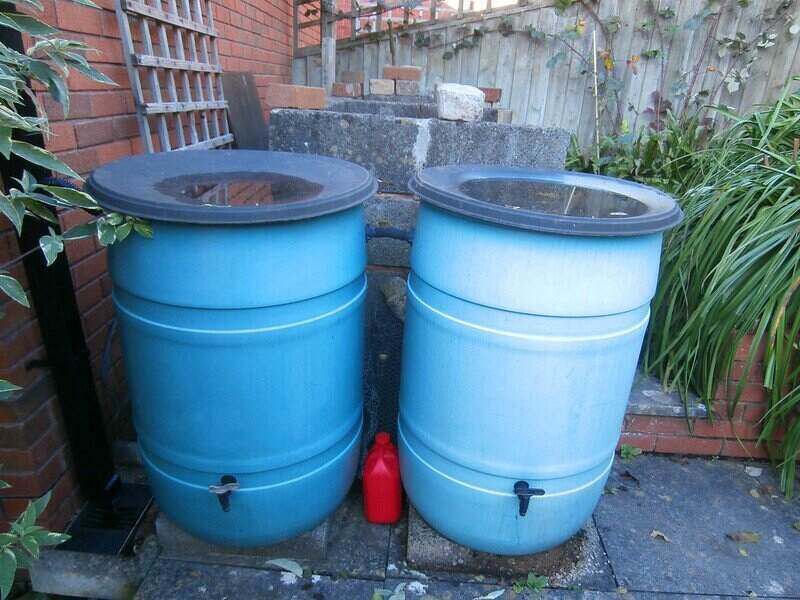
What harm does water runoff cause? Well, the water that flows from our yards into the drainage system can carry pollutants that are harmful to the Truckee River. Preventing water runoff is also a way of saving money on your water bill by reducing the need for irrigation.
Here’s what you can do to keep the water on your property instead of letting it go down your storm drain:
- Collect water by installing rain barrels and dry swales on your property.
- Use pervious concrete pavement or permeable pavers instead of regular concrete to soak up the water that falls on your property.
- Build a beautiful rain garden by planting native shrubs and perennials at the bottom of a slope to collect rainwater and prevent the runoff from polluting the river.
- Shovel snow onto the yard. Much of Nevada’s precipitation comes in the form of winter rain and snow, so during winter, shovel the snow onto the yard instead of onto the street.
- Create buffer strips with native plants between your lawn and the sidewalk to conserve water and support native pollinators simultaneously. Planting buffer strips also prevents your sprinklers from wastefully watering the sidewalks and carrying pollutants from your yard into the watershed.
2. Reduce Pollutants
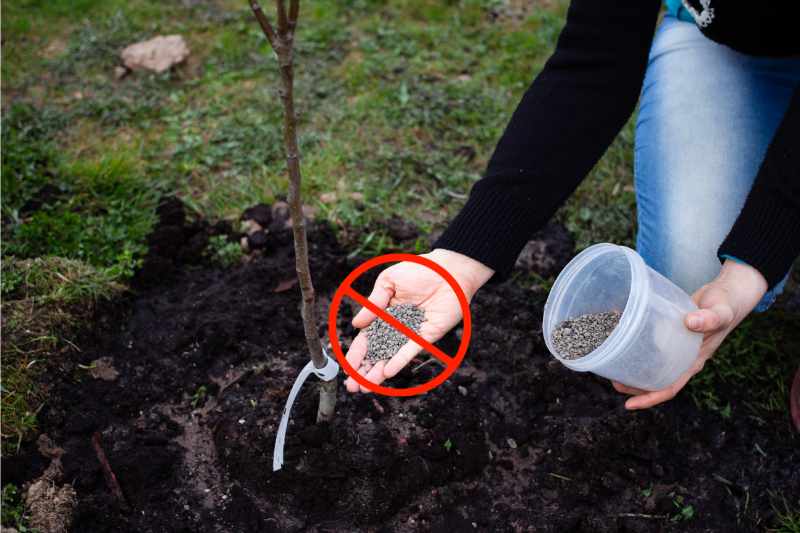
Since we’re talking about the pollutants that might end up in the river, let’s discuss the second principle of river-friendly landscaping: reduce pollutants. The Truckee River is the main source of drinking water supply in the Truckee Meadows region, so keeping the water clean is a matter of safety for the residents. Here’s how you can contribute:
- Go eco-friendly against pests. When dealing with pests, adopt an integrated pest management approach to avoid the excessive use of pesticides. Include maintenance practices to avoid the appearance of pests and use biological or mechanical control methods to treat a pest problem.
- Prefer organic fertilizers instead of synthetic ones for river-friendly fertilization. Organic fertilizers have lower concentrations of phosphorus and nitrogen that are slowly released in the soil.
Synthetic fertilizers, on the other hand, have excessive nitrogen and phosphorus that can end up in the waterways and facilitate algae bloom, presenting a threat to the river’s aquatic life.
- Take care of your plants so living roots remain in the soil during the off-season, which reduces soil erosion and prevents soil sediments from running off into the river.
- Avoid the overuse of broadleaf weed killers and store them (as well as pesticides and fertilizers) securely to prevent spills.
- Hire professionals who use best management practices for construction or landscape work to keep stormwater pollutants out of the waterways.
3. Use Water Wisely
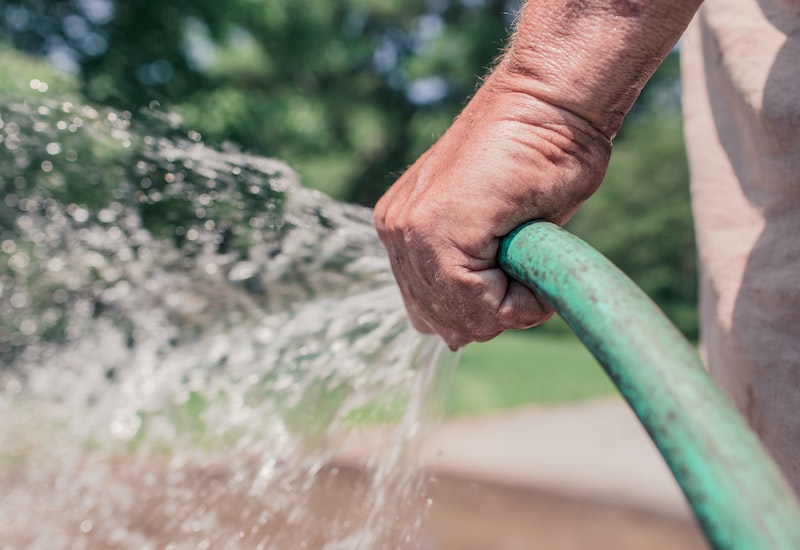
Most of Nevada is located in the Great Basin high desert, where water is a precious and scarce resource. Because of this, strategies to prevent water waste are an essential part of River-Friendly Landscaping. Here are some of the ways you can use water wisely:
- Choose climate-appropriate plants to include in your landscape. If you don’t know where to start, here is a selection of water-wise plants for Nevada by the Truckee Meadows Water Authority (TMWA).
And because the Nevada grass ban does not apply to existing single-family home lawns, you can also keep some grass, just make sure to choose an appropriate type for the region. Bermudagrass, buffalograss, and fine fescue are among the best grass seeds for Nevada.
- Fix any leakages in your sprinkler system. If you think your sprinklers might be leaking, you can contact the TMWA’s Conservation Department at their Contact Us page.
- Follow the TMWA’s assigned watering days for river-friendly irrigation. See the chart below to know your assigned watering schedule (accurate at the time of writing) based on the last number of your address (applies only to sprinklers):
| Even numbers (0, 2, 4, 6, 8) | Odd numbers (1, 3, 5, 7, 9) | |
| Assigned days | Tuesdays, Thursdays, and Saturdays | Wednesdays, Fridays, and Sundays |
Other recommendations from the TMWA include:
- Turn the sprinklers off on Mondays. You should also turn off sprinklers during the hours of 11 a.m. to 7 p.m. from Memorial Day to Labor Day.
4. Build Healthy Soil
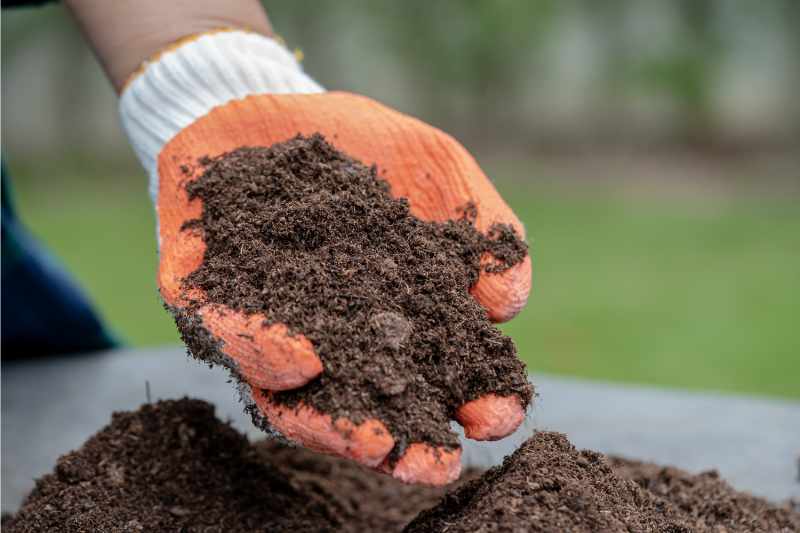
Healthy soil is key to supporting strong plants. Strong plants reduce soil erosion, are less vulnerable to diseases, and require less maintenance. Here’s how you get healthy soil:
- Feed your soil: Use compost to enrich your soil with organic matter. The organic matter will act like a sponge and hold the water in the soil in the arid climate of Nevada.
And if you’re into DIY projects, you can even use your vegetable peels, egg shells, and grass clippings to make your own compost. That way you can reduce both the organic trash that would end up in the landfill and the need for synthetic fertilizers.
- Choose your mulch: Mulching your soil makes it less susceptible to erosion. Organic mulches improve your lawn by adding nutrient-rich organic matter to your soil.
Pro Tip: Decomposed granite mulch should not be used near sidewalks or steep slopes because the small particles can end up washed down the storm drain. Wood mulch can present a fire hazard, so it should be placed at least 5 feet away from your home.
5. Create Wildlife Habitat
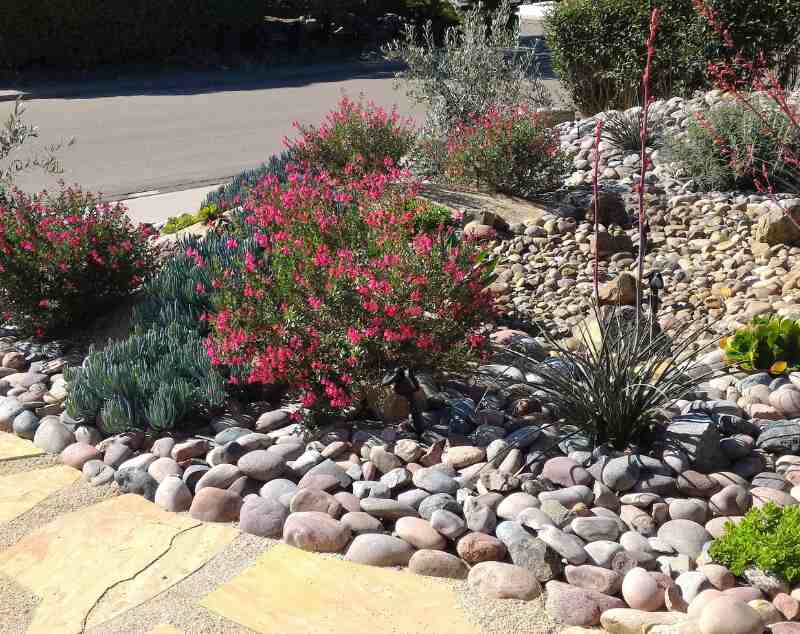
By turning your garden into a wildlife habitat, you strengthen the local ecosystem and promote biodiversity, which is crucial for the local environment. Just as the Truckee River gives water that sustains human activity, you can invite the local wildlife over to your yard and return the favor:
- Build a bird box or add bird feeders to attract birds to your yard.
- Add shrubs, ground covers, or other xeriscaping plants so you can save water while providing a green shelter for birds and other beneficial insects.
- Plant a variety of native plants to create a pollinator garden and offer bees and other pollinators a true feast.
6. Prepare For Wildfires
Wildfires are a natural occurrence and a part of the Truckee Meadows ecological cycle, so learning to manage wildfire is crucial to protecting both the Truckee River and your home:
- Create defensible space by managing the vegetation around your home to reduce the fire threat. Other practices to create defensible space include keeping the gutters and roof clean from all materials that could catch fire, using fire-resistant construction materials, and creating well-irrigated vegetation islands around your property.
You can learn more about improving your defensible space by visiting the University of Nevada, Reno’s Living With Fire Program.
FAQ About River-Friendly Landscape
Why is River-Friendly Landscaping Important?
The Truckee River is the main source of drinking water for the Truckee Meadows region. More than that, the Truckee River is a rare occurrence: It is a terminal basin, meaning it does not end in the sea.
This means that it is home to rare fish species and that, because it does not lead to the ocean, all the pollutants that reach the river stay there. For this reason, keeping the water clean and taking care of the Truckee River is taking care of the entire Truckee Meadows community.
What Types of Pollutants Can End Up in the Truckee River?
Pollutants of every type can end up in the watershed: soap from washing your car in your driveway, pet waste, soil sediments, pesticides, fertilizers, and any trash that gets into the storm drain system.
What are the Benefits of River-Friendly Landscaping?
By adopting river-friendly landscaping you:
- Conserve water and protect its quality
- Decrease yard maintenance needs and costs
- Preserve the health and natural diversity of the Truckee River
Find a Lawn Care Pro Near You
Caring for your local ecosystem is also caring for your entire community. If you don’t know where to start, LawnStarter has lawn care and landscaping pros all over Nevada. Hire a local Nevada landscaping professional today, and you’ll spend less time in your yard and more time enjoying the Truckee Valley. Whether you’re in Reno, Sparks, Henderson, Las Vegas – or anywhere else in the great state of Nevada – LawnStarter can connect you with passionate lawn care and landscaping pros with helpful advice.
Main Image Credit: Ken Lund / Flickr / CC BY-SA 2.0